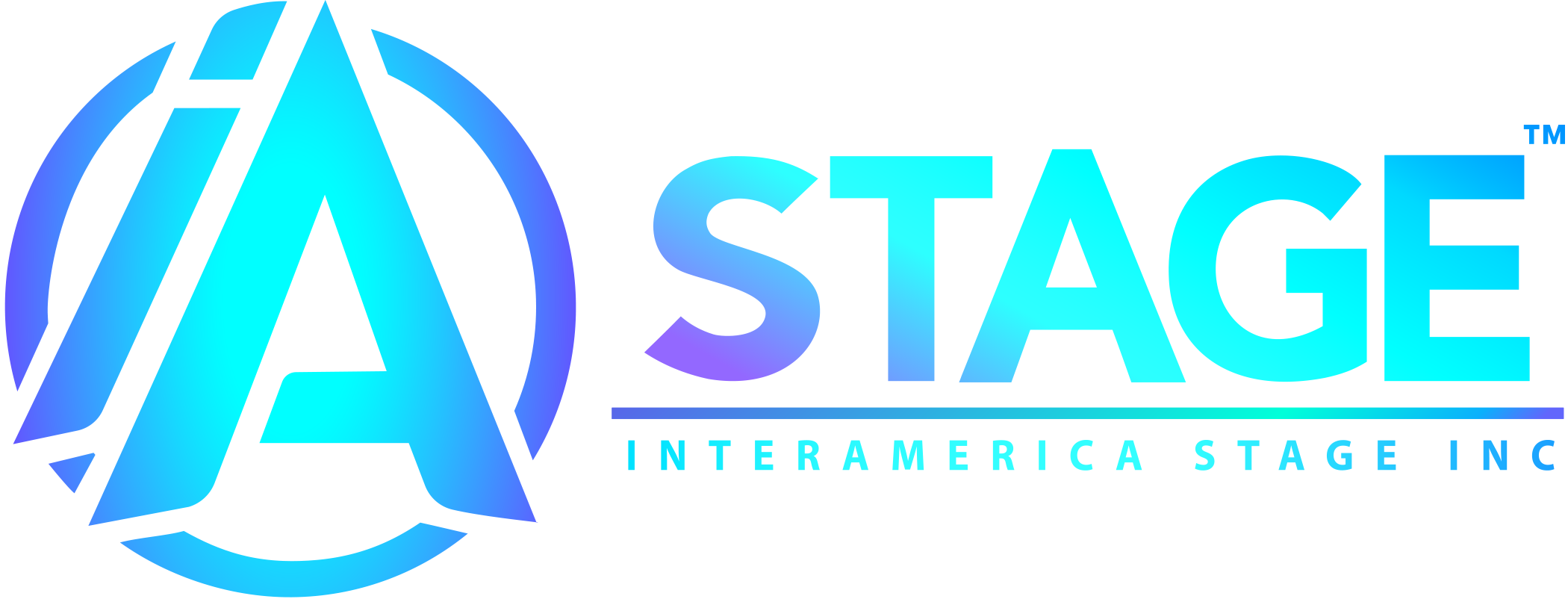A Legend Retires

Our friend and colleague, R. Duncan MacKenzie, retired today. I asked a handful of folks who work with Duncan regularly to share how they met him, their favorite story, or a hallmark of working on a project with him. The following three comments sum up the many impressions I collected:
“He is one of the smartest individuals I have ever met and has a memory of an elephant. The story I like the most about him is how he landed his first job at IBM. He met an executive on a ski lift, they had a conversation on the way up to the top of the mountain, and that got him in. I believe he was a teenager when that happened.” – Rafael Sanchez
“The hallmark of a Duncan project is details and massive amounts of them.” – Drew Becker
“Duncan ‘retired’ to Florida at the time IA Stage had [our] 25th Anniversary. Been wonderful getting to know him. He really is an industry legend. He’s a walking esoteric electrical knowledge encyclopedia. I hear he’ll be working on “Uncle Dunc’s Big Book of Stage Machinery” after he really retires. Can’t wait to read the first volume.” – Solana Bolton
To honor and celebrate years of friendship and a successful career – and to let you learn a little bit about this extraordinary man – I thought I’d share an excerpt of LSA’s “People Worth Knowing” (Copyright Lighting&Sound America December 2016):
Lighting&Sound America(LSA): How did you get started in the business?
Duncan MacKenzie(DM): How much time do you have? (Laughs). I grew up in Northwestern Montana. To give us a view beyond the mountains and trees, my mother subscribed to Theatre Arts Magazine. There was an advertisement for Kliegl Brothers, and I got the T61 catalog and became fascinated with the equipment. Also advertised was a book, A Method for Lighting the Stage, by Stanley McCandless, for which I saved my allowance. I became the geek in junior high and high school who did the lighting. These were the days of 1,500W nine-plate resistance dimmers, but hey, somebody had to do it! A friend gave me a pinball machine; I took it apart and put it back together as four successive digital computers. One day, when I was skiing, a gentleman on the chair lift asked me, “What do you plan to be when you grow up?” I said, “I want to be a computer architect.” He said, “And what does a computer architect do?” I explained that he lays out the data paths, registers, and instruction sets. He said, “Well you sound like a very informed young man. My name’s Hunter Simpson and I’m regional manager of IBM!” He offered me a summer job if I could pass their entry level test. In 1965, I went to work at IBM at the age of 15 as sort of a glorified office boy. However, they did teach me to program. I looked for a college with a decent computer department and a theatre department with a modern lighting system. Whitman College had both an IBM 1620 computer and one of the original Kliegl two-scene preset boards with 20 SCR dimmers, and that decided me. I started working 40 hours a week at the theatre and the computer center, which didn’t leave a lot of time for studying math and physics. So, I ended up becoming a theatre major and never regretted my decision!
LSA: What types of renovation projects have you worked on?
DM: The renovation of the stage system at Radio City Music Hall with JR Clancy is good example. The original control valves for the lift system were made of cast iron. Over the 60-plus years they had been used, they were starting to leak, because the water had literally gouged the interior of the valve apart. These valves were replaced with air-actuated and positioned ball valves, used in the process control industry, to control the flow of the water from the pump system to the lifts. We did that job in 1999 and it’s still working! There was also the Programmable Logic Controller (PLC) system that I put into the original MGM Las Vegas (now Bally’s) during the rebuild done in 1981 to control all of the stage floor machinery. In 2004, we replaced the PLC with a newer version, but not any of the input/output modules. We were able to just drop in the ladder logic program that I had originally written—translated to the current version—into the new PLC. We did it in 24 hours; they didn’t miss a show! (Laughs)
LSA: How did you end up at InterAmerica Stage?
DM: My wife wanted us to move someplace warm. I was offered a very attractive proposition and put Proskenion Design on the back burner at the end of 2014. I like the social aspect and the ability to bounce ideas off people that I didn’t have when I was working for myself. At this point in my career, I’ve been collaborating with Mark Black and InterAmerica for decades now. It’s a very good fit and I am now able to pass along my experience to the younger designers in the company.
LSA: How would you sum up your career thus far?
DM: I’ve worked on some of the largest projects in the country; it’s been a great ride. I hope people will consider me as a resource in the future for ideas, and what works or what doesn’t. Or, what I wasn’t able to make work! (Laughs) I’ve made an enormous number of friends in this business. It is the people with whom I’ve worked who have made it much more than just a job. I’ve always said there are only 25 people in this business, and eventually I’ll have the pleasure of meeting them all!
It’s truly been our pleasure getting to know you, Uncle Dunc. You’ve always been willing to share your knowledge, or a story (or a beer!), and every one of us is better for it!

